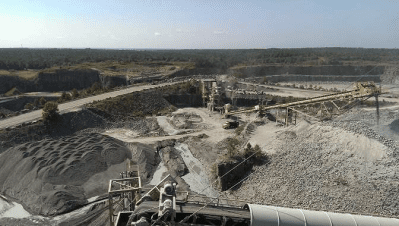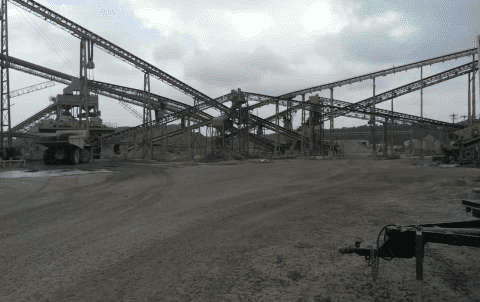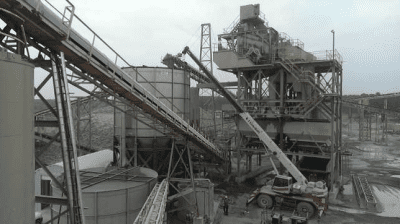Why You Should Remove Your Settling Ponds
Are you considering removing your settling ponds but unsure of what to put in their place? Settling ponds can become costly headaches for industrial wastewater management, leading to frequent cleanouts, lost production time, and ongoing environmental concerns. In this post, we’ll explore how switching to a more cost-effective and efficient dewatering solution—such as a filter press—can help eliminate these issues while boosting your bottom line.
Case Study:
For decades at a North Carolina quarry, the plant would produce fines and discharge them at Carolina Sunrock. Because of this, cleaning costs were up to $500,000 per year. The lost time and high cleaning costs to maintain their settling ponds were frustrating for the client until they installed a Matec solution:
- Natural raw materials never solidified in the settling pond
- Flocculant needed to be mixed into tailings to allow settling and make disposal possible at the reclamation site
- The plant had to be shut down for cleaning the pond
- No space for a second settling pond
Success would require elimination of the Settling Pond:
- No Permitting
- No Clean Outs
- Stockpile Recovery Areas
Savings by Removing Settling Ponds
Results:
All things considered, the best solution for how to deal with settling ponds would be to install a dewatering filter press. As a result, they were able to eliminate both $500K per year in costs and gain $1M per year in savings.
Today, Carolina Sunrock has a convenient area for stockpiling aggregates instead of its old pond and saves nearly $1 million per year. Here’s why:
- Minimal Cleanouts
- The filter press transforms wastewater into a dense, cake-like solid, significantly reducing manual pond cleanouts.
- No Need for Large Ponds
- Freed-up space can be used for stockpiling aggregates, reclaimed land, or additional operational needs.
- Reduced Downtime
- Because the filtration process is automated, the plant no longer needs to shut down for pond maintenance.



Why Water Management is Now a Priority
- Mine Planning: Avoid covering valuable reserves and develop a clear reclamation strategy.
- Water Constraints: Limited water availability can restrict production capacity in the future.
- Space Efficiency: Removing settling ponds frees up land for core operations.
- Cost Reduction: Lower cleanout and hauling expenses, fewer chemical additives, and reclaimed aggregates for resale.
- Environmental and Safety Compliance: Minimize runoff, meet stricter regulatory requirements, and reduce workplace hazards.
Settling ponds can quickly turn into liabilities, draining both financial resources and valuable space. By removing settling ponds in favor of a high-efficiency filter press or other dewatering solutions, your facility can minimize downtime, cut costs, and stay ahead of environmental regulations.
Ready to explore a pond-free future? Contact our team today to learn how our Matec filter press solutions can revolutionize your water management process.
About The Author
Nick Piskura is the Marketing and Web Development Specialist at ChemREADY who utilizes expertise in digital marketing strategies to provide knowledgeable insights in each segment of our business. Nick provides insights through web development and multimedia resources that support ChemREADY’s full range of services, including Legionella management, ANSI/AAMI ST108 compliance, boiler and cooling tower treatment, wastewater processing, and industrial water quality solutions.
